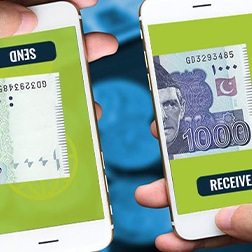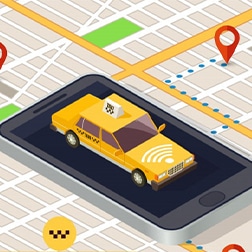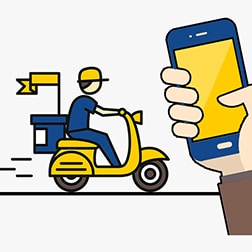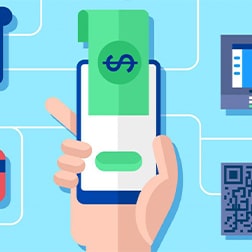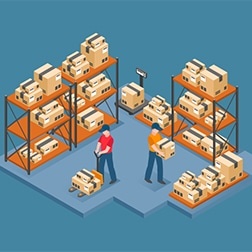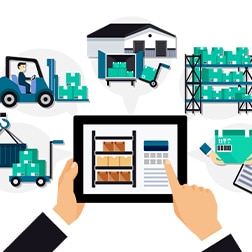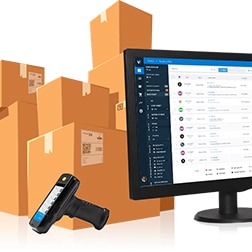To send money via ‘Money Transfer,’ click here.
For a Money Transfer, the Sender must present and supply the following:
- 1 photocopy of his/her original and valid Nadra CNIC (Mandatory)
- Obtaining the recipient’s legitimate Nadra CNIC Number (Mandatory)
- His or her own (optional) mobile phone number, as well as the receiver’s cell phone number (Optional)
- If you have the three items listed above, simply head to any authorized Easy Paisa outlet and complete the steps below.
- Tell the retailer how much money you have and provide the three items listed above.
- The retailer will complete the transaction using his or her mobile phone (similar to easy share), and you will be required to enter a passcode or secret code. This secret code should not be shared with anyone.
- You will be provided a Transaction ID and a physical copy of the receipt once the transaction is completed.
- Pay the money to the retailer plus service fees (chart about service charges is given below)
- Both the Sender and the Receiver will be able to receive transaction details by SMS message if the Sender and Receiver’s mobile phone numbers are provided. Only the transaction ID, amount, and CNIC numbers will be sent to you through SMS.
Important: Please do not throw away or throw away the receipt, as it will be your sole proof that you sent the money. Also, the Passcode should not be shared with anyone.
Give the receiving party the Transaction ID and passcode you inputted, and that’s it. You’ve finished sending money.

